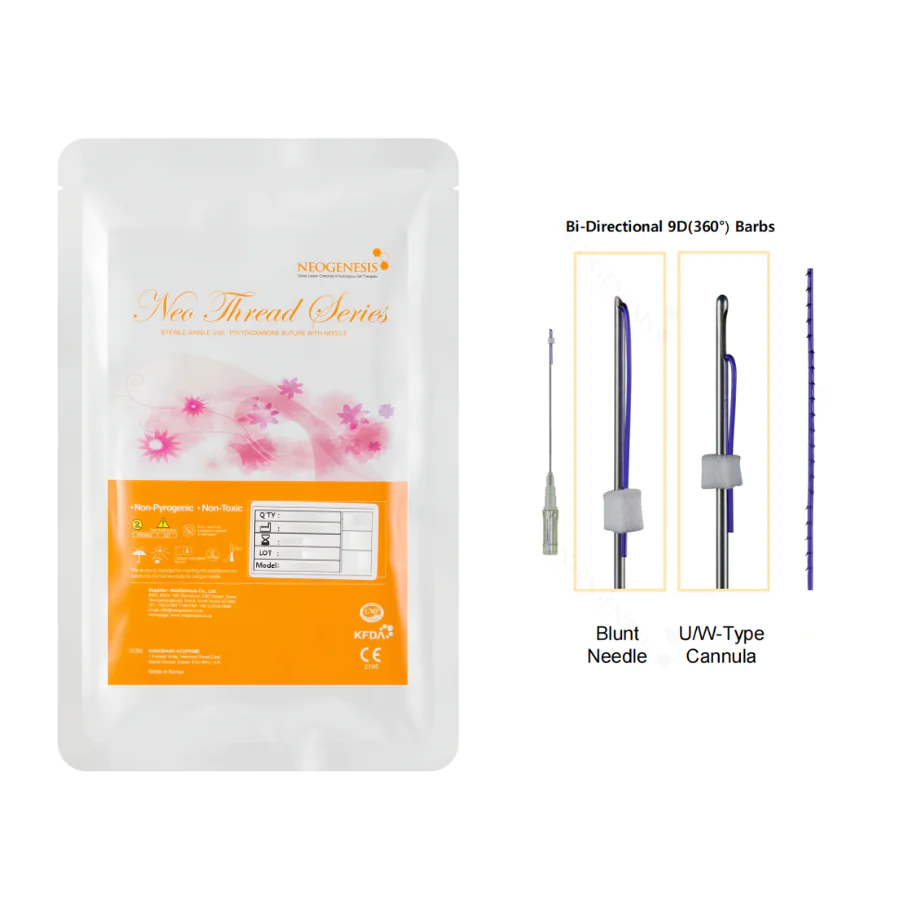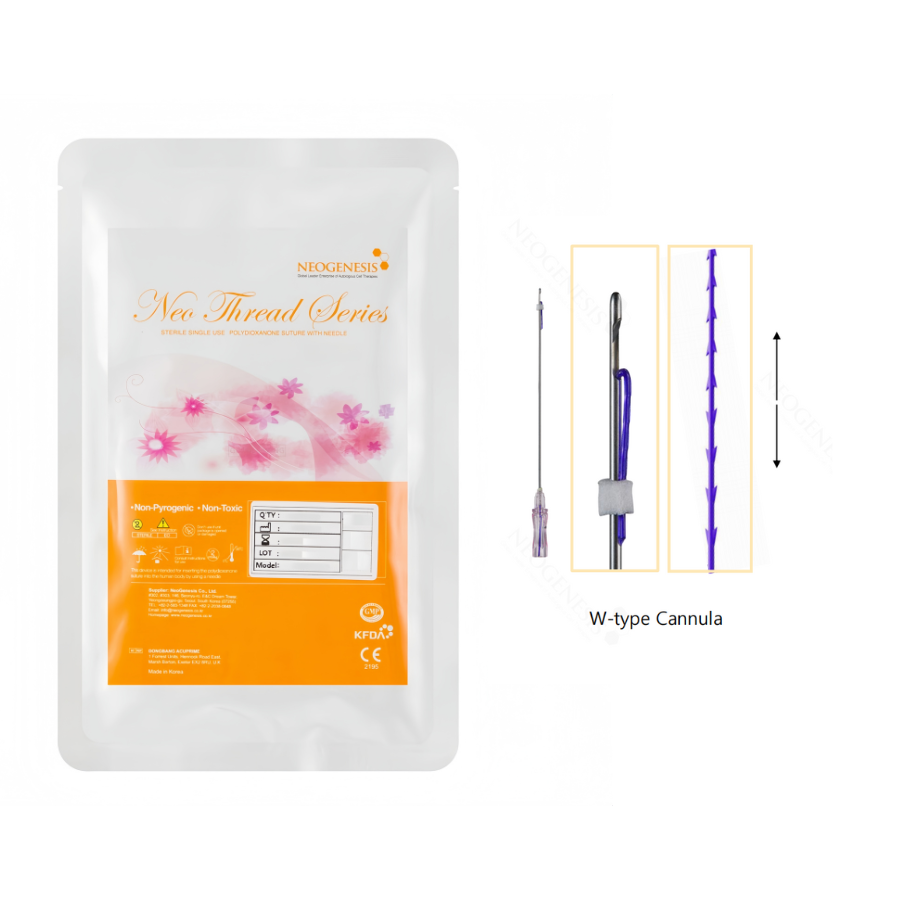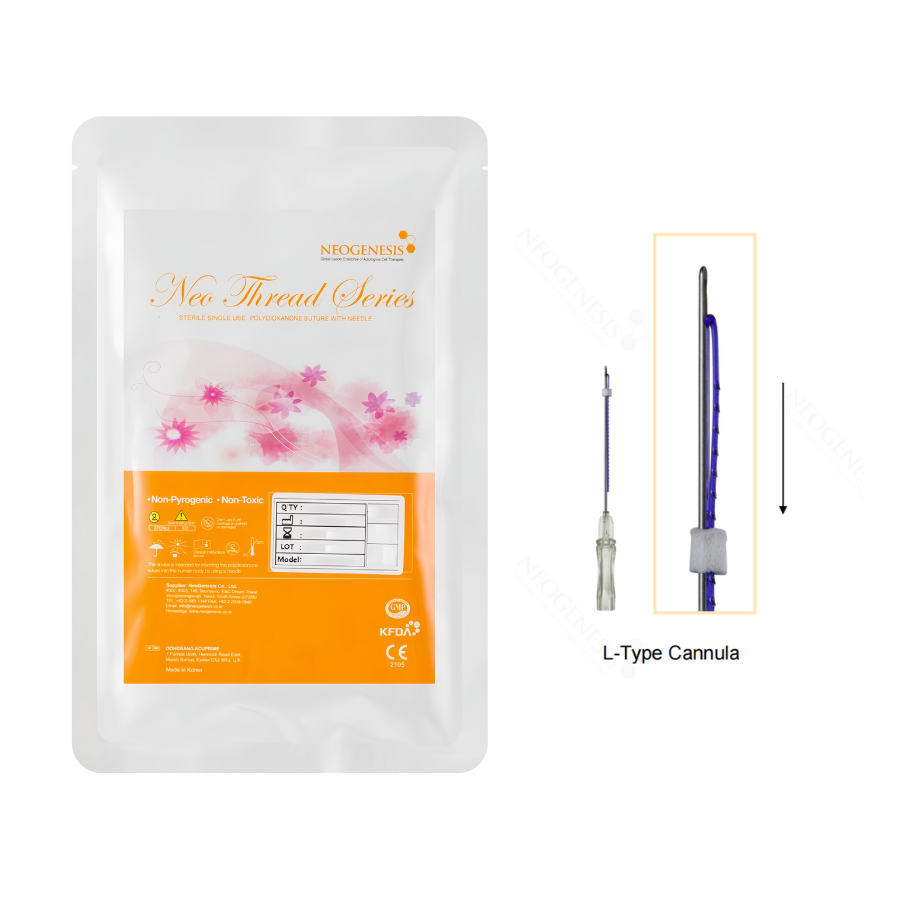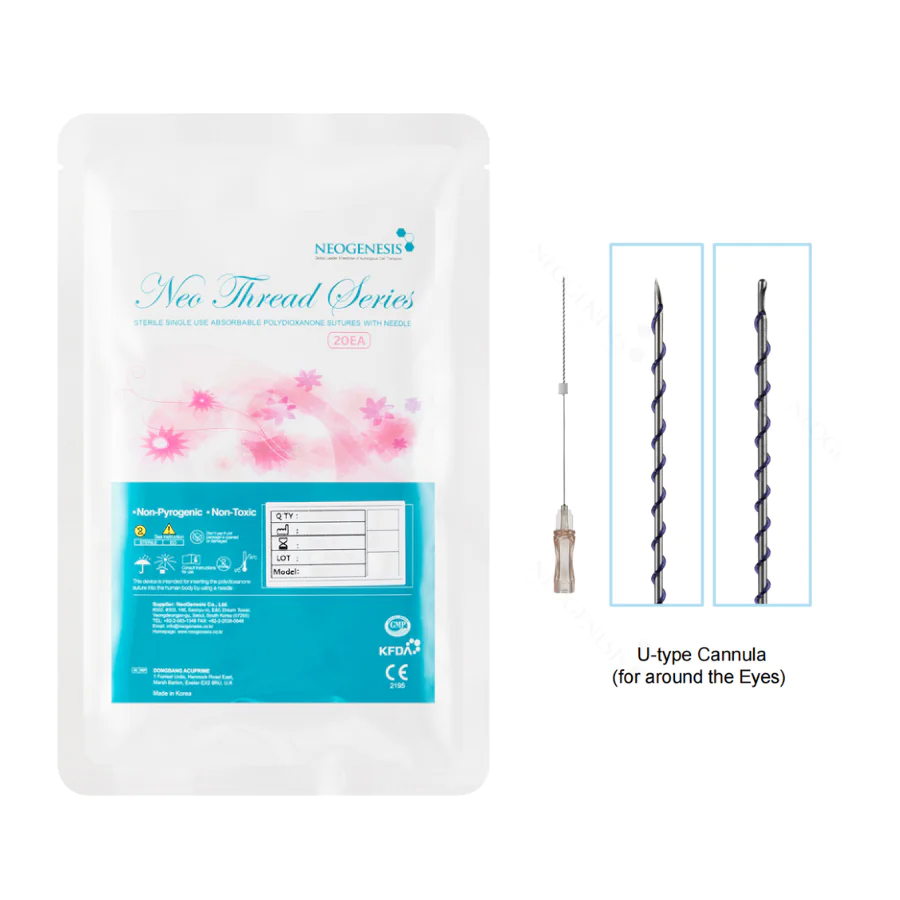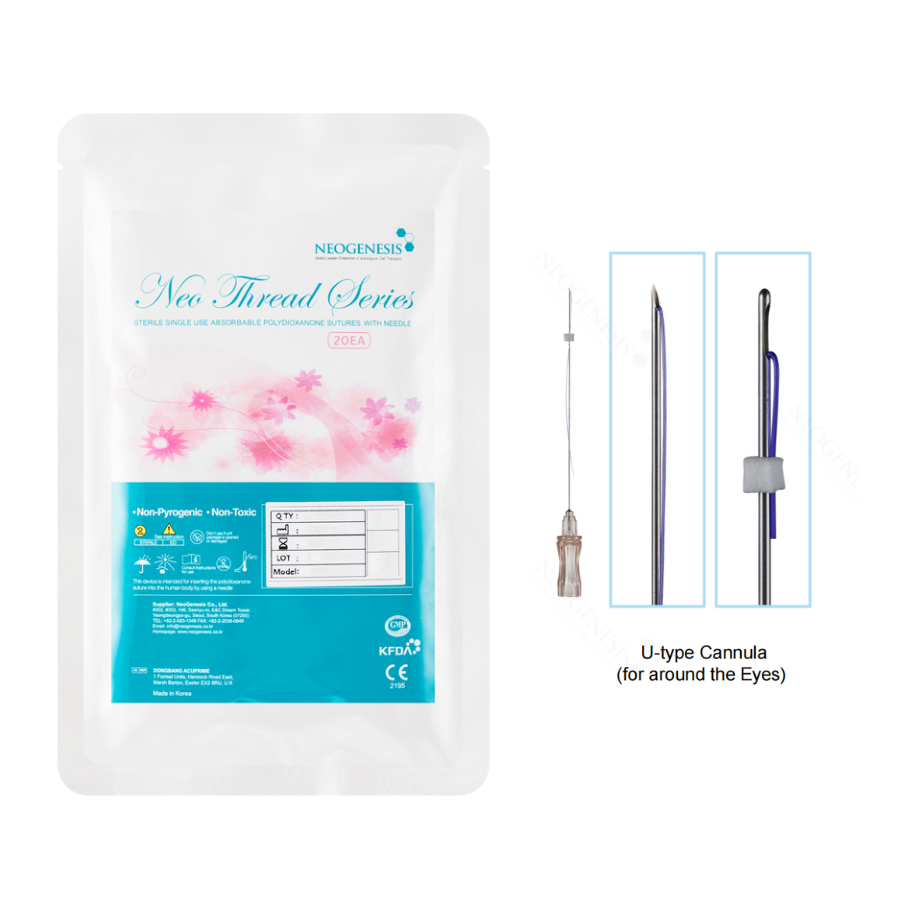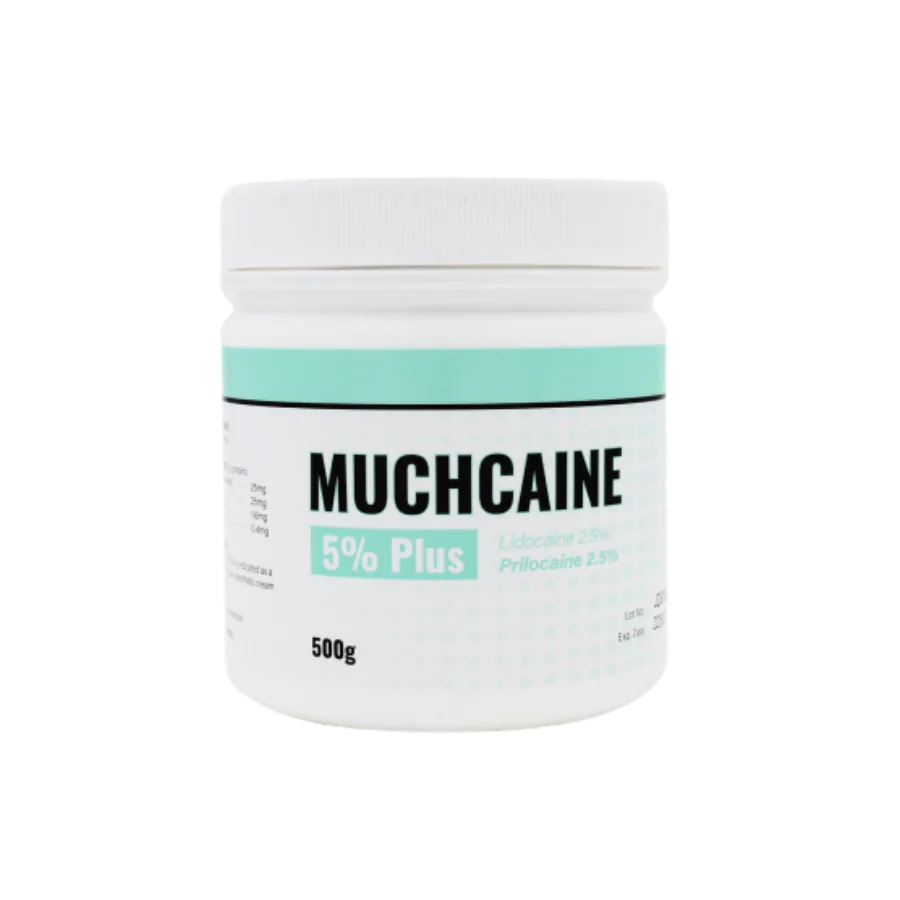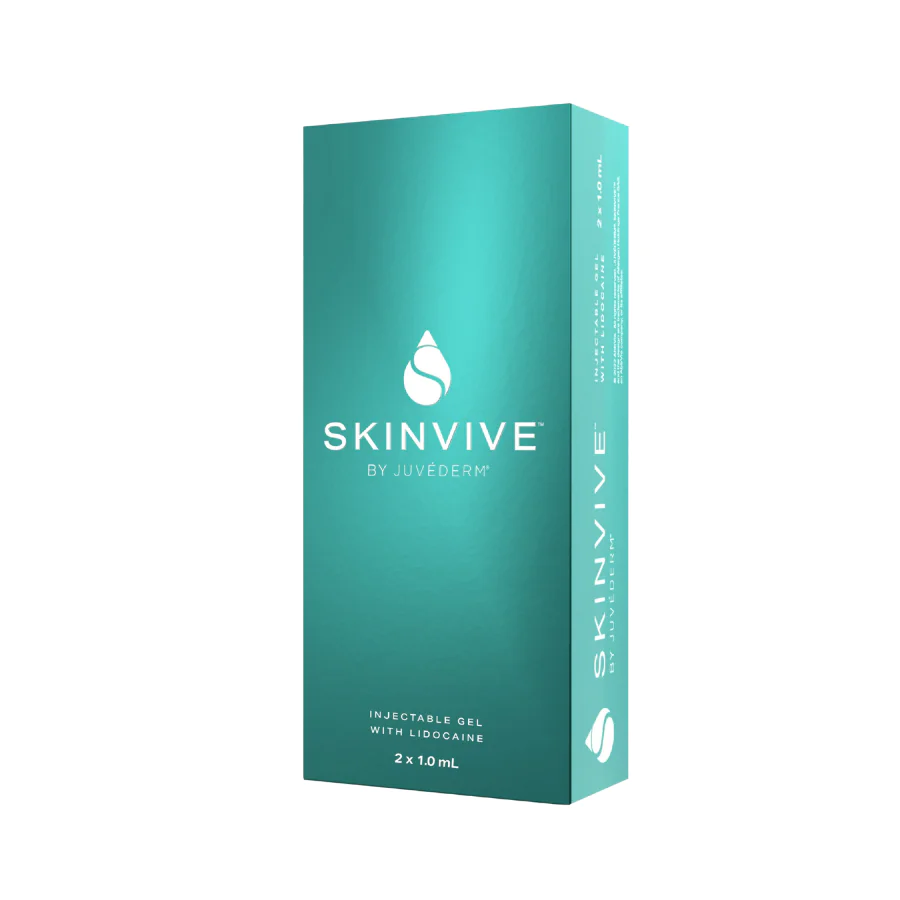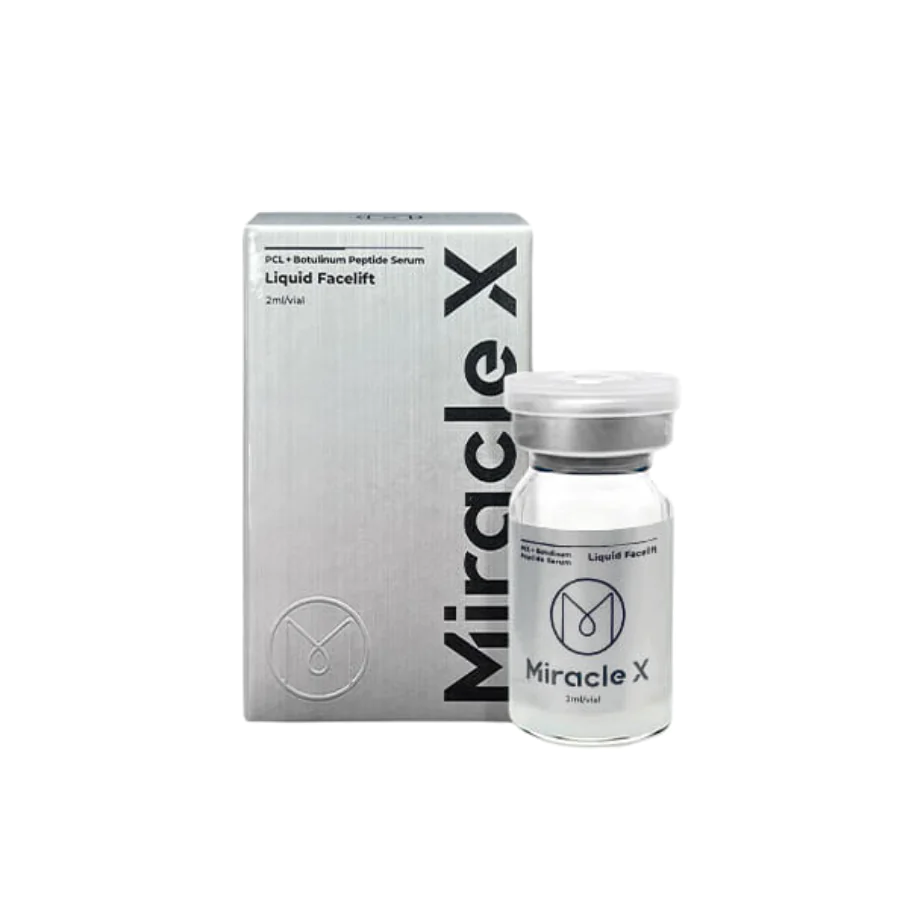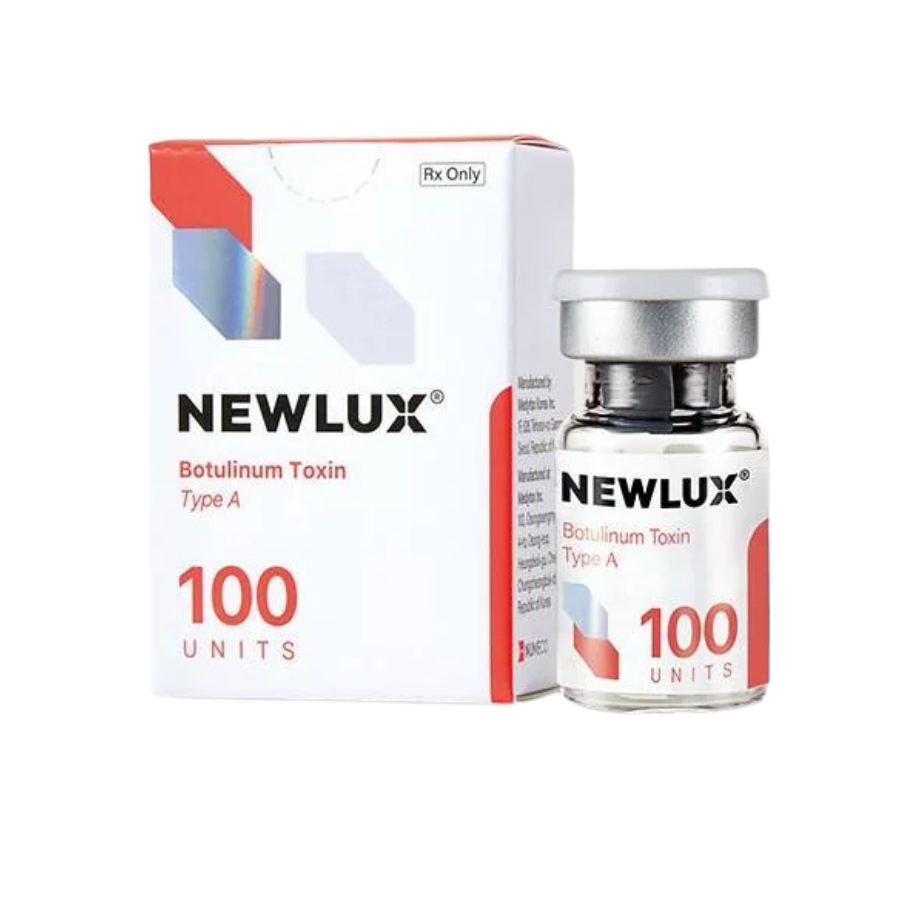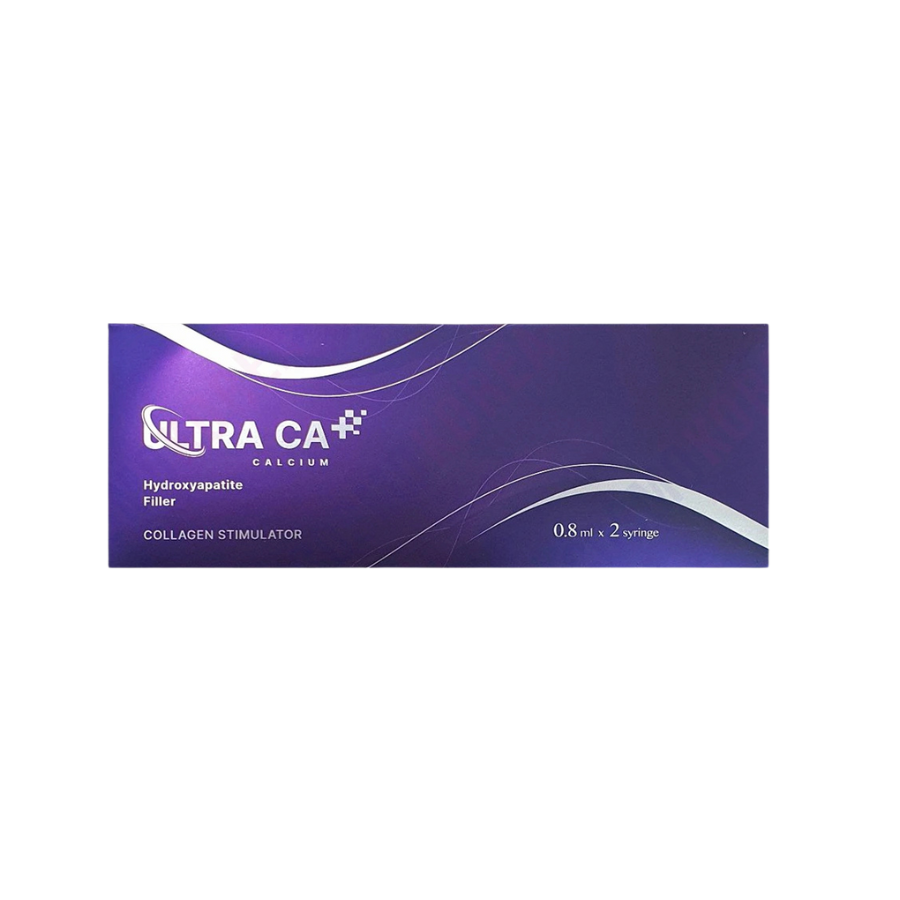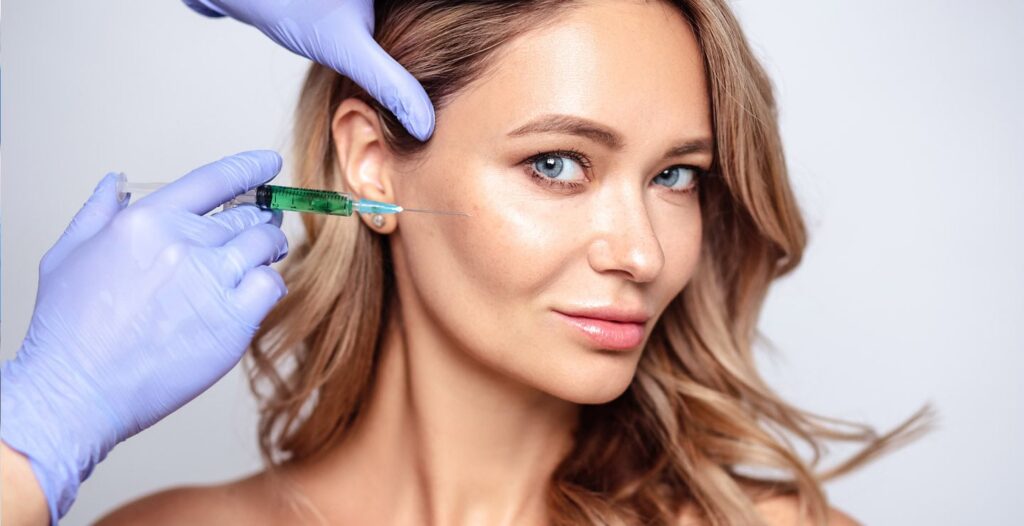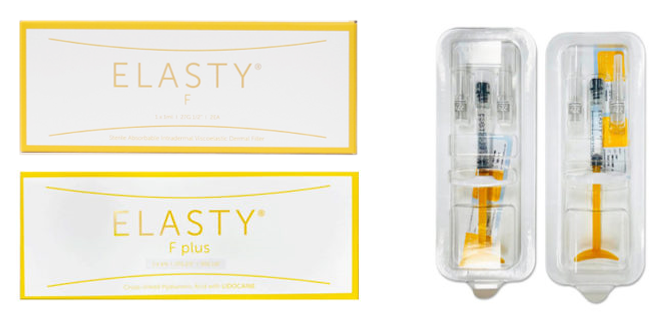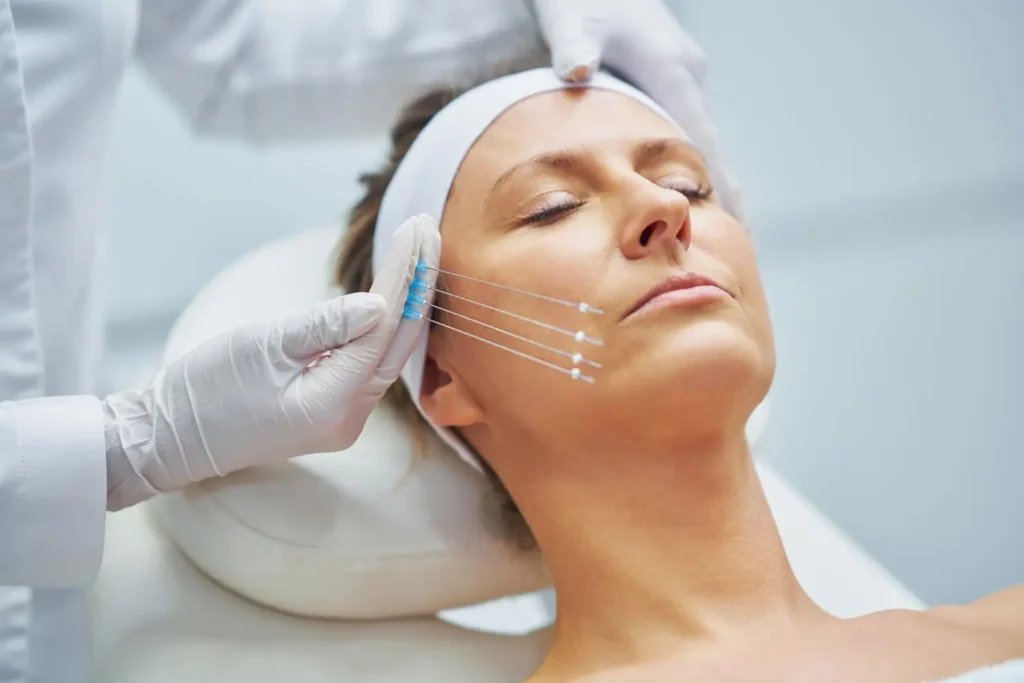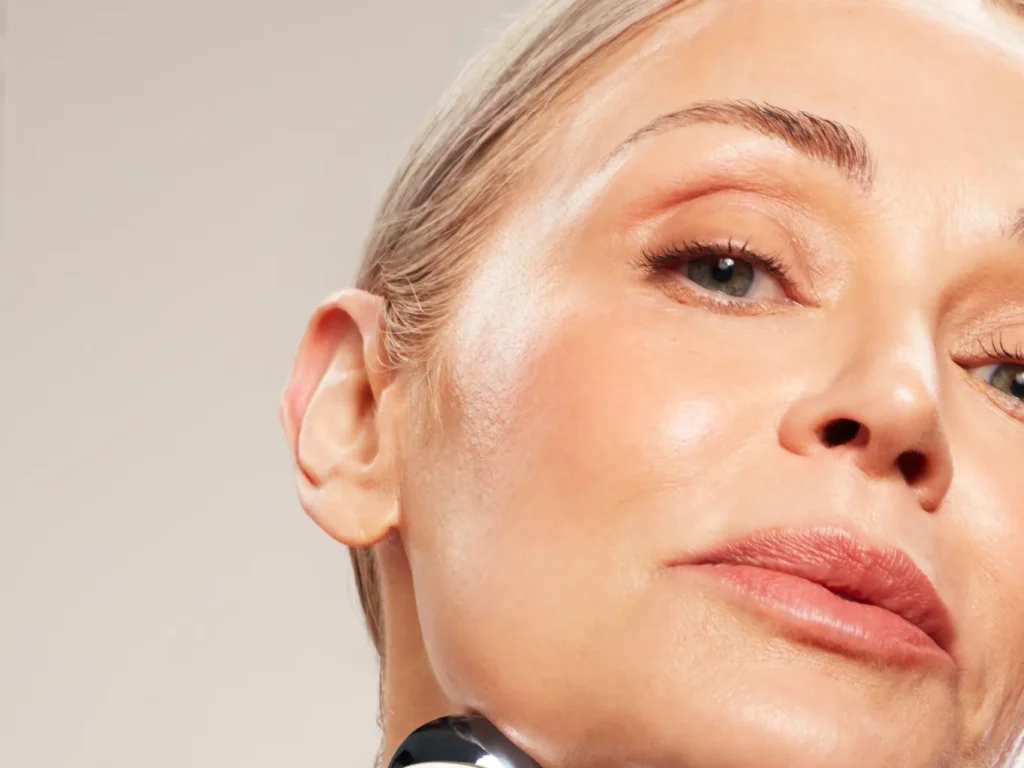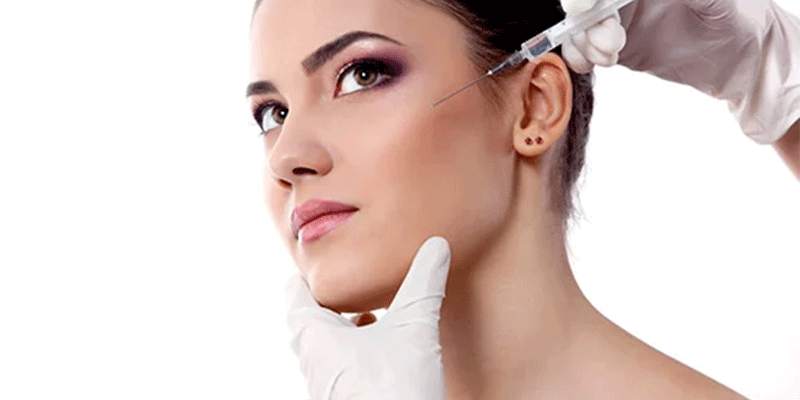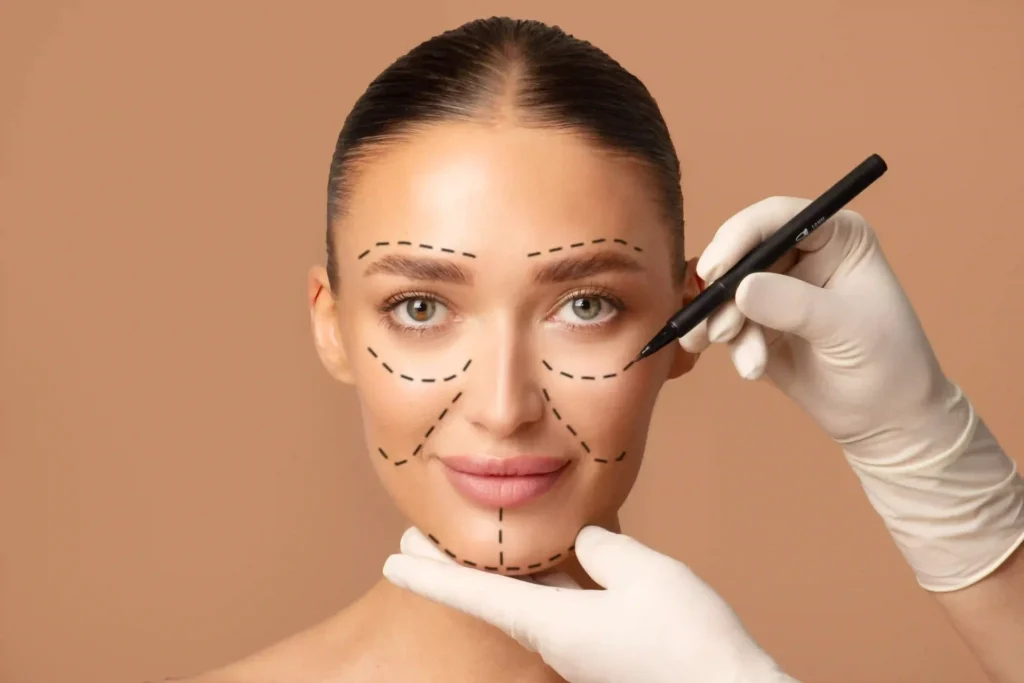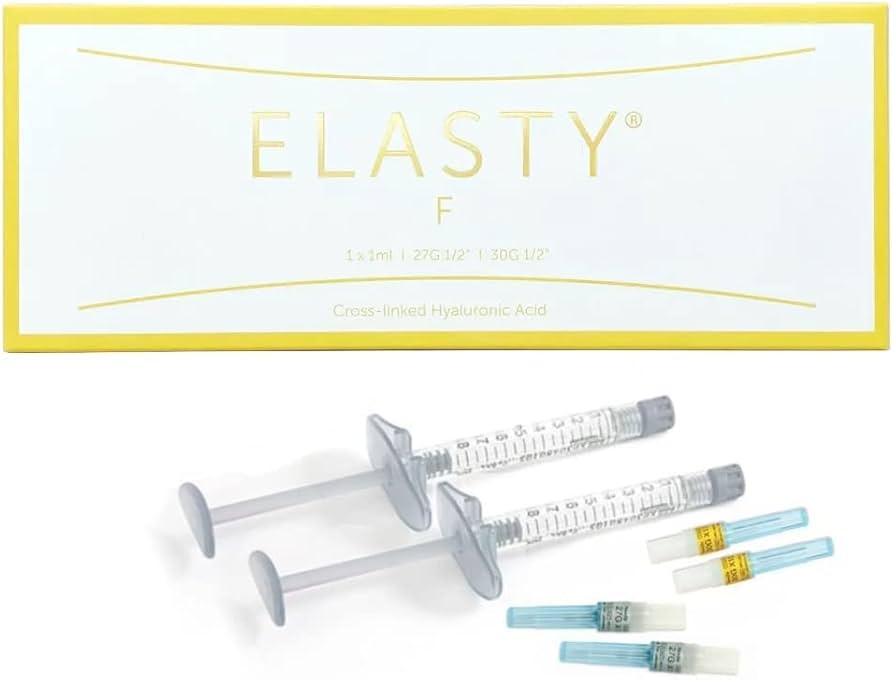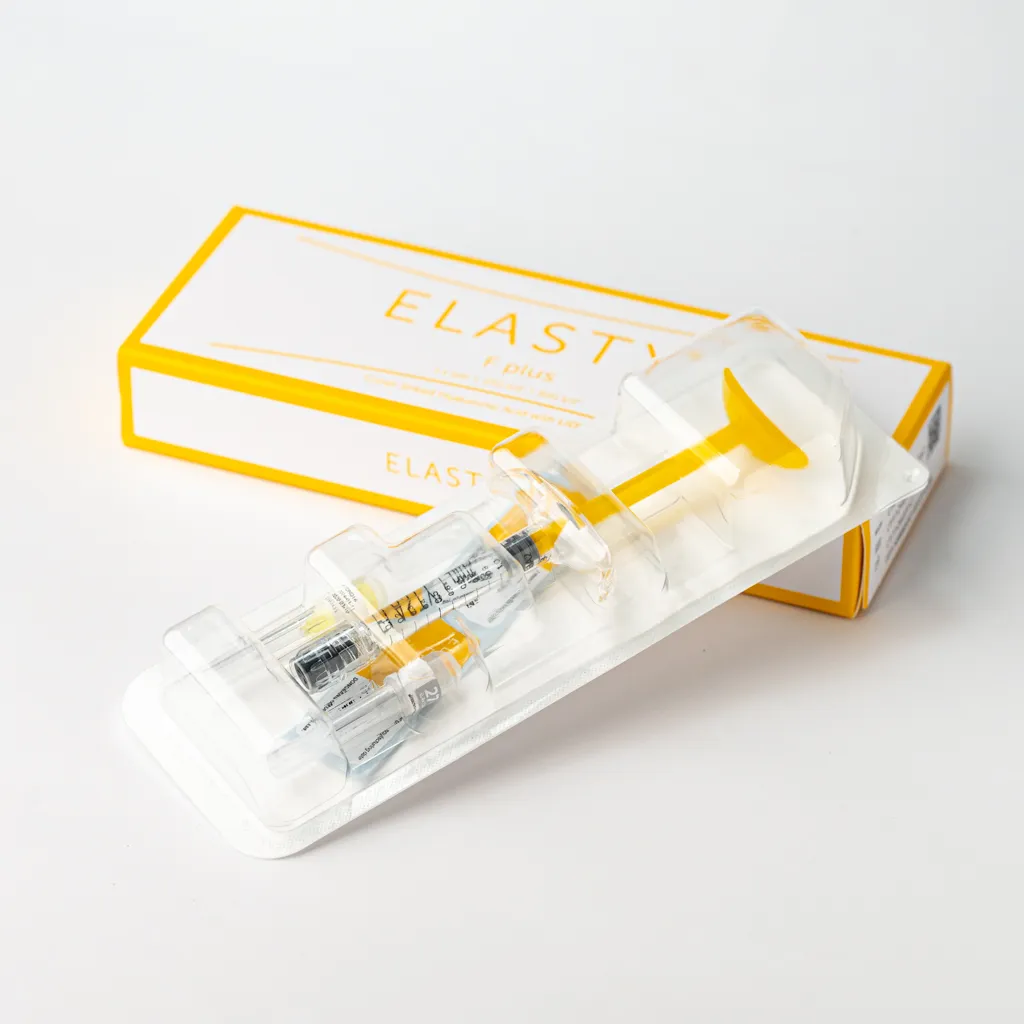Elasty Filler typically lasts 6 to 12 months, depending on factors like metabolism, injection area, and product formulation. Thinner fillers in high-movement areas (e.g., lips) fade faster (~6 months), while denser fillers in cheeks or nasolabial folds may last up to 12 months. Maintenance requires touch-ups every 6–9 months for consistent results. Lifestyle (e.g., smoking, sun exposure) can shorten longevity. A skilled injector ensures optimal placement for extended effects.
Table of Contents
ToggleWhat Are Dermal Fillers?
So, dermal fillers – you’ve probably heard of brands like Juvederm® or Restylane®. These are gel-like injectables designed to plump, contour, and smooth areas where volume loss creates wrinkles or sagging. Think lines around your mouth (nasolabial folds), hollow cheeks, thinning lips, or under-eye shadows. Over 11 million procedures were performed worldwide last year, making them one of the most popular non-surgical cosmetic treatments around. But how do they actually work? Let’s break it down.
The vast majority of dermal fillers today use hyaluronic acid (HA), a substance already found naturally in your skin. HA’s superpower is holding water molecules – up to 1,000 times its own weight – making skin look hydrated and plump. Over time (usually starting in your 20s!), your body produces less of it, contributing to volume loss and wrinkles. HA fillers act like an instant reservoir: they pull moisture into treated areas, replacing that lost support for a more balanced look.
They’re injected just beneath the skin’s surface using fine needles or cannulas. The process typically takes 15-45 minutes depending on how many areas you’re treating. Common spots include:
| Treatment Area | Typical Filler Use | Realistic Outcomes |
|---|---|---|
| Cheeks | Voluma®, Restylane® Lyft | Restored volume, lifted contours |
| Lips | Juvederm® Ultra®, Restylane® Kysse | Natural shape enhancement |
| Nasolabial Folds | Juvederm® Volift®, Restylane® Defyne | Softening deep lines |
| Under Eyes | Belotero®, Restylane® E | Minimizing hollow shadows |
| Jawline | Juvederm® Volux® | More defined jaw contour |
Key differences from Botox®: Fillers replace volume, while neuromodulators like Botox® relax muscles that cause wrinkles. They can be used together, but they work differently. Think of fillers like adding clay to sculpt, while Botox® acts like hitting a pause button on muscle contractions.
Nearly all HA fillers include lidocaine, a local numbing agent, making the procedure much more comfortable than years ago. Results are visible immediately after injection, though slight swelling might make the final result settle in a few days. Side effects? Common but temporary reactions include redness, mild bruising, or tenderness at the injection site – usually resolving in 24-72 hours. Serious complications are rare (<0.1% in FDA trials) when performed by a trained professional using approved products.
The beauty of HA fillers? They’re temporary and reversible. If you don’t like the result (unlikely with an expert injector!), an enzyme called hyaluronidase can dissolve them within 24 hours. They naturally break down over time – usually lasting 6 to 18 months, depending on the product and your metabolism – allowing you to adjust your look as preferences change.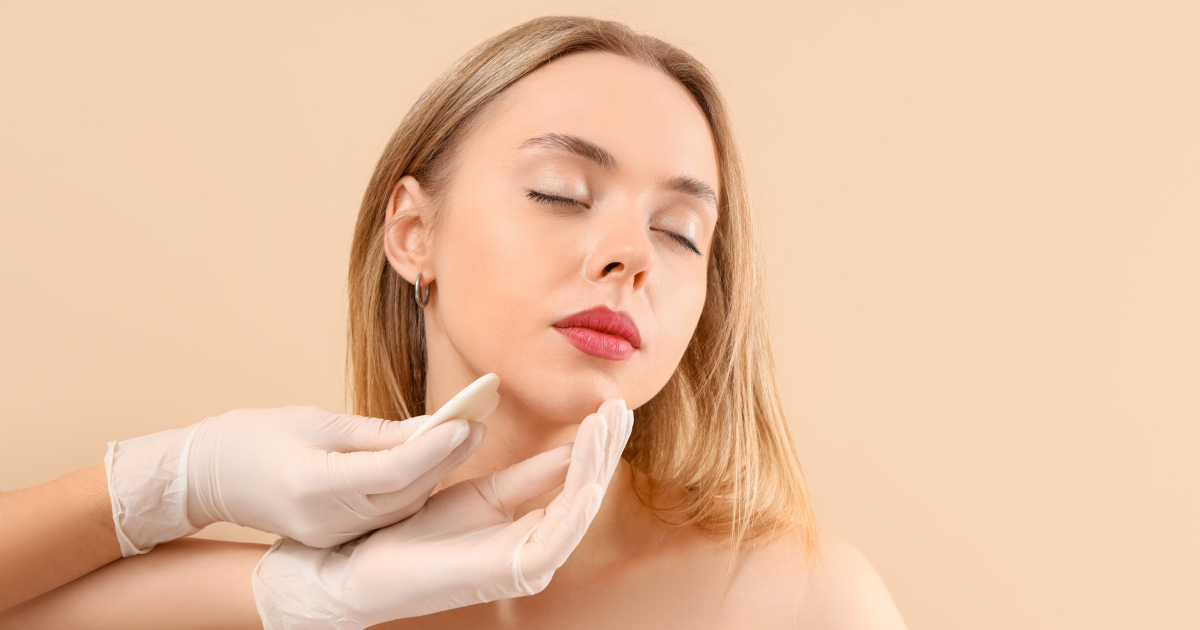
Typical Filler Lifespan
Alright, let’s get real about how long fillers actually last. While clinics might shout “up to 2 years!” for marketing, the average experience is often shorter. Globally, hyaluronic acid (HA) fillers like Juvederm and Restylane tend to last 6 to 18 months for most people, though it’s not one-size-fits-all. Why? A bunch of everyday factors play a bigger role than many realize.
Here’s the lowdown on what really affects how long your filler results stick around:
- The Product Formula Matters (A Lot): Not all HA gels are created equal. Manufacturers tweak the thickness (“cross-linking”) to suit different areas:
- Thicker Gels (e.g., Juvederm Voluma®, Restylane® Lyft): Designed for deep volume loss in cheeks or jawlines. They last the longest, typically 18-24 months due to denser structure.
- Medium Gels (e.g., Juvederm Volbella®, Restylane® Kysse): Used for lips and moderate lines. Expect 9-15 months.
- Thinner Gels (e.g., Juvederm Volite®, Restylane® Skinbooster): For fine lines or very superficial hydration. Results fade faster, around 6-9 months.
- Where It’s Placed Makes a Difference: Movement and tissue type impact breakdown.
- High-Movement Areas: Fillers in lips or around the mouth (smile lines) break down faster (6-12 months) because facial activity helps metabolize the gel.
- Low-Movement Areas: Fillers in the cheeks, temples, or jawline experience less movement and tend to last longer (12-24 months, depending on product).
- Delicate Skin: Under-eye fillers often last 9-15 months, as the skin is thin and metabolism is active.
- Your Personal Factors:
- Metabolism: Younger people and those with faster metabolisms generally break down filler more quickly. Age can play a role, but metabolism speed is individual.
- Lifestyle:
- Exercise: Intense, frequent exercise that boosts metabolism can shorten lifespan by a small margin.
- Sun Exposure: UV rays degrade collagen and elastin, potentially speeding up filler breakdown. Daily SPF 30+ is non-negotiable.
- Smoking: Significantly reduces skin health and filler longevity.
- Previous Treatments: If you’ve had filler before in the same area, it often lasts longer the second or third time. This is called “building a matrix.”
- The Injector’s Skill is HUGE:
- Precise placement in the right tissue layer (e.g., deep dermis or supraperiosteal) massively impacts longevity. Superficial placement breaks down faster.
- Using appropriate cannulas (softer tips) instead of needles can reduce tissue trauma and swelling, leading to potentially longer-lasting results with less disruption.
Typical Juvederm & Restylane Lifespan Guide: (Realistic Averages)
| Product Line | Common Brand Names | Best For | Typical Duration Range |
|---|---|---|---|
| High Volume/Density | Juvederm Voluma®Restylane® Lyft/Lidocaine | Cheeks, Jawline, Chin | 18 – 24 months |
| Medium Volume/Density | Juvederm Volux®Restylane® Defyne/RefyneJuvederm Volift® | Lips, Nasolabial Folds, Smile Lines, Chin | 12 – 18 months |
| Medium/Low Density | Restylane® KysseJuvederm® Ultra/Ultra Plus XCJuvederm Volbella® | Lips (Shape), Fine Lines Subtle Cheek Enhancement | 9 – 15 months |
| Low Density/Under Eyes | Restylane® Eyelight/RefyneBelotero® Balance/+ | Under Eyes, Very Fine Lines | 9 – 12 months |
| Skin Surface Hydration | Restylane® Skinboosters Juvederm® Volite | Overall Hydration, Skin Quality | 6 – 9 months |
Key Takeaways:
- The “Product + Placement + Person” combo determines real-world lifespan. That clinic brochure “up to 24 months” claim usually applies only to thicker cheek fillers on ideal patients.
- Noticeable fading usually happens gradually. You won’t wake up one day “empty.” Volume diminishes over weeks/months.
- Touch-ups help maintain. Getting small amounts topped up before it’s all gone (e.g., at 10-12 months for lips) often requires less product and keeps the look more consistent.
- Discuss YOUR timeline with your provider. An experienced injector factors in your lifestyle, facial movement, and goals to give a personalized estimate – ask for one!
Helping Your Results Last
Let’s cut to the chase: while no filler lasts forever, simple daily habits can stretch your results months longer. Data shows patients who follow these practices see results endure up to 30% longer compared to those who don’t. It’s not magic—it’s science. Here’s how to get the most from your investment.
Sun protection is your #1 ally. UV rays break down collagen AND filler simultaneously, accelerating volume loss. Use mineral-based SPF 30+ daily (rain or shine)—UVA penetrates clouds and windows. Reapply every 2 hours outdoors. Studies show consistent SPF users maintain filler density 2-3 months longer on average. Zinc oxide formulas also reduce inflammation that degrades filler.
Hydration isn’t hype. Hyaluronic acid fillers bind to water molecules—dehydrated skin = weaker results. Aim for 2-3 liters of water daily, and use HA serums topically. Bonus: Well-hydrated skin shows filler more smoothly. Avoid heavy alcohol—it dehydrates tissues and expands capillaries, increasing bruising risk and metabolic clearance.
“Think of filler like a sponge. A dry sponge shrivels fast. A soaked one stays plump for years.”
— Dr. Lisa Sullivan, Cosmetic Dermatologist
Smart skincare matters. Gentle is key—vigorous scrubbing or microdermabrasion over filled areas causes inflammation and early breakdown. Stick to:
- Retinol alternatives like bakuchiol (less irritation than retin-A)
- Peptides (stimulate collagen without degrading HA)
- Niacinamide serums (reduce inflammation and support barrier)
Avoid aggressive acids (e.g., glycolic peels) near filler zones for 2 weeks post-treatment.
Movement management is crucial. While exercise is healthy, marathon runners often metabolize fillers faster due to increased blood flow and facial movement. Balance intense workouts with facial rest days. For lip fillers, ditch straws and vape pens—repetitive puckering motions can shorten lifespan by 1-2 months. Sleep on your back whenever possible; side sleeping compresses cheeks and temples, warping filler placement.
Timed touch-ups beat overcorrection. Getting small top-ups at 8-10 months (before full dissipation) extends your base results using 30-40% less product. One syringe maintained yearly lasts longer than two syringes every 18 months. It tricks your body into treating HA as “native” tissue—a phenomenon called biomaterial integration.
Smoking? Just don’t. Nicotine slashes skin oxygen levels, starving filler and triggering premature breakdown. Smokers’ fillers last 40-50% shorter than non-smokers’. Vaping isn’t safer—propylene glycol degrades HA bonds.
Cold therapy helps early on. Apply ice packs wrapped in cloth for 10-minute intervals during the first 48 hours. This minimizes swelling that stresses filler bonds and reduces bruising by 60%. Never apply direct pressure—gentle contact only.
Your injector choice is foundational. Experienced providers (think 5,000+ injections) place filler in optimal tissue planes using cannulas. This avoids muscle layers where movement breaks down HA faster. Ask about their technique—deep supraperiosteal placement lasts months longer than superficial dermal injections.
If you’ve previously had filler, remind your provider. Existing HA creates a “scaffold” that slows new gel breakdown—you might need less product and see longer results.
Bottom line: Treat filler like live tissue, not cement. Protect it, hydrate it, and partner with a skilled professional. Most important? Embrace subtlety. Overfilled areas stretch skin and accelerate breakdown—natural-looking enhancement always outlasts extremes.
How Fillers Break Down Naturally
Let’s demystify what actually happens when fillers fade—spoiler: your body isn’t “dissolving” them overnight. Hyaluronic acid (HA) fillers break down through natural metabolic processes, typically over 6–24 months. Unlike artificial implants, HA integrates with your tissue and degrades predictably. Here’s the science without the jargon.
Fillers break down in three overlapping phases: dispersion, metabolism, and elimination. Immediately after injection, filler begins integrating with surrounding tissues by binding water. Over weeks, mechanical forces from facial movements (chewing, smiling) start breaking cross-linked HA chains into smaller fragments—think of ice cubes slowly melting in water.
By month 3–4, specialized cells called macrophages (your body’s cleanup crew) identify these smaller HA particles as natural substances to metabolize. Enzymes like hyaluronidase break HA into water and simple sugars (glucose), which your body recycles or eliminates harmlessly via urine or lymphatic drainage.
“HA filler isn’t foreign material—it’s dinner for your cells. Your body sees it as fuel, not waste.”
— Dr. Anita Patel, Biomedical Engineer
Environmental factors drastically impact this timeline:
| Factor | How It Speeds Breakdown | Impact on Duration |
|---|---|---|
| Sun Exposure | UV radiation fragments HA molecules 3× faster | ⬇️ Shortens by 2–4 months |
| Metabolic Rate | High metabolism (e.g., athletes) clears particles quicker | ⬇️ Shortens by 1–3 months |
| Filler Density | Thick gels (e.g., Voluma®) resist macrophages longer | ⬆️ Extends by 4–6 months |
| Injection Depth | Superficial placement faces more muscle movement | ⬇️ Shortens by 2–5 months |
Common misconceptions debunked:
- ”Massaging dissolves filler”: Untrue. Gentle massage post-swelling (week 2) only evens distribution—it doesn’t accelerate breakdown.
- ”Fillers migrate”: Rare with modern products. What looks like migration is usually volume loss in adjacent areas, making filler appear shifted.
- ”They crystalize or harden”: Modern HA gels stay flexible. Firmness indicates poor technique (overfilling or wrong layer), not degradation failure.
The endpoint? Once filler reduces to particles smaller than 500 kilodaltons, macrophages clear them completely. No residue remains—your skin gradually returns to its pre-treatment state. This biodegradability is why HA fillers are considered the gold standard for safety.
If faster correction is needed, injectable hyaluronidase can dissolve fillers within 24 hours by severing HA bonds. But natural breakdown is gentler, preserving your skin’s collagen network—a key reason experts advise letting fillers fade organically unless urgent reversal is required.
The Takeaway: Fillers fade gracefully, not abruptly. They’re designed to sync with your biology—not fight it.
When to Consider Touch-Ups
Timing your filler touch-ups isn’t about waiting until your results vanish completely—that’s actually the worst approach. Data shows patients who get proactive maintenance before full dissipation need 30-40% less product over time while maintaining more natural-looking results. The sweet spot? Typically between 8-14 months for most HA fillers, but here’s how to read your face’s signals.
First, understand the visual progression of fading filler. Around month 4-6, you’ll notice subtle changes—not disappearance, but softening. Cheek filler loses its sharp contour first, while lips appear slightly less defined at the vermilion border. These are your early cues. By month 8-10, volume loss becomes more apparent when comparing current photos to your 2-week post-treatment baseline (always take them!).
Three scenarios warrant touch-ups:
- Preventive Refreshes (Best Practice)
Schedule a consultation when you spot the 20% rule—if results have faded about one-fifth from their peak. For lips, this might mean the Cupid’s bow isn’t as pronounced. For cheeks, it’s when hollowing reappears near the temples. Small top-ups here (0.3-0.5mL) restore fullness with minimal product. - Asymmetry Correction (Common Need)
Filler doesn’t always metabolize evenly. If one nasolabial fold deepens faster than the other or a lip corner droops, targeted 0.1-0.2mL adjustments can rebalance without overfilling. - Style Updates (Less Frequent)
Facial preferences evolve. Maybe you initially opted for subtle lip enhancement but now want slightly more projection. Touch-ups allow gradual changes—better than drastic reinventions.
Warning Signs You’ve Waited Too Long
- Skin folds reappear when smiling (indicates near-total HA clearance)
- Using more concealer under eyes (tear trough filler fading)
- Jawline contour looks “blurred” at the angle
The ↓ icon marks ideal touch-up timing:
- Cheeks/Jawline: ↓ 12-14 months
- Lips/Nasolabial: ↓ 8-10 months
- Under Eyes: ↓ 10-12 months
Cost-wise, budgeting for annual maintenance beats emergency full corrections. A 0.5mL lip touch-up at month 10 (300−500) prevents needing 1.5mL later (900−1,500). Plus, frequent tiny doses integrate better with native tissues, reducing lump risks.
Choosing Your Provider Carefully
Let’s be real—who injects your filler matters more than which brand they use. Studies show 62% of filler complications stem from improper technique, not the product itself. A skilled provider doesn’t just prevent disasters—they make results last longer, look more natural, and cost less over time. Here’s how to spot the difference between a true expert and someone who just owns a syringe.
Credentials should be non-negotiable. Look for board-certified dermatologists, plastic surgeons, or oculoplastic surgeons—not “aestheticians” or “nurses” working solo in medspas. These specialists spend 5-9 years studying facial anatomy, meaning they understand how to place filler safely around blood vessels and muscle structures. A quick check: Verify their certification on official boards like the American Board of Medical Specialties (ABMS) or equivalent in your country.
Experience beats Instagram followers. Ask:
- ”How many filler procedures have you performed?” (Under 500 is a red flag)
- ”Do you use ultrasound guidance for deep filler?” (Crucial for nose/jawline work)
- ”What’s your complication rate?” (Under 3% is ideal)
The best providers ↓ refuse to overfill. They’ll say no to unsafe requests (like extreme cheekbones or “duck lips”) and explain why less product often looks better. Warning signs? Clinics offering “1mL free if you buy 2mL!” or same-day Groupon deals.
Technique separates amateurs from artists. Cannulas (blunt-tip tools) cause 50% fewer bruises than needles and allow safer placement in delicate areas like under-eyes. Ask if they stock multiple cannula sizes—experts tailor tools to each facial zone. Watch their consultation: Do they analyze your bone structure first? Recommend combining areas strategically (e.g., cheeks before lips)? These nuances prevent the “pillow face” effect.
Before-and-after photos should show natural expressions—not just posed studio shots. Beware of clinics editing photos or only posting day-one results (when swelling masks imperfections). Realistic providers share lateral (side) profiles and videos of patients smiling/talking to demonstrate how filler moves with the face.
Pricing transparency matters. Be wary of:
- ”Mystery syringes” (unlabeled vials could be counterfeit)
- Per-area pricing (e.g., “$599 lips”) instead of per mL (you might get diluted product)
- No follow-up policy (experts include a 2-week checkup to assess settling)
The 🚩 icon marks dealbreakers:
- No emergency hyaluronidase on-site 🚩
- Pushing “permanent” fillers like silicone 🚩
- Rushing you to book same-day 🚩
Post-care tells all. Top providers send written aftercare instructions (not just verbal tips) and answer after-hours texts about concerns. If they dismiss swelling questions with “it’s normal,” walk out—they should explain expected vs. dangerous swelling timelines.
Ultimately, the right provider feels like a trusted advisor, not a salesperson. They’ll spend more time evaluating your face than upselling add-ons. Remember: Great filler looks like you—just subtly refreshed. If a consultation leaves you feeling pressured or uncertain, that’s your cue to keep looking. Your face deserves nothing less.

